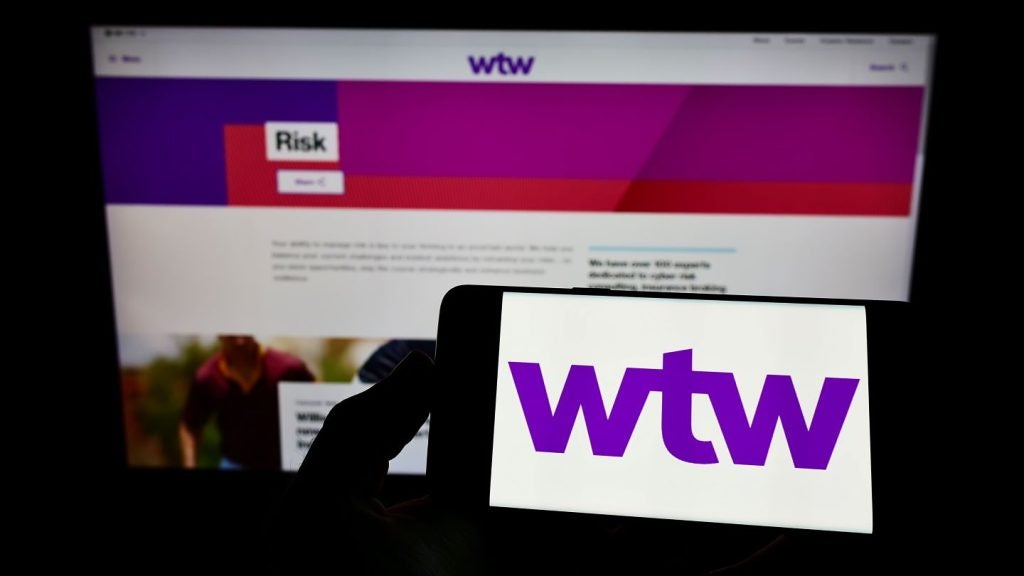HSBC, already the largest foreign banking
group in mainland China with 83 branches, says it wants 100 outlets
in the country by the start of next year as it looks to capitalise
on its strong – and historical – local presence to take market
share primarily in the mass affluent segment.
The group has received
final approval from the China Insurance Regulatory Commission to
launch a jointly held life insurance company with Beijing-based
National Trust. Called HSBC Life Insurance Company Limited, the
unit will also target mainly mass affluent customers via the large
and established HSBC network in China (see table
below).

Access deeper industry intelligence
Experience unmatched clarity with a single platform that combines unique data, AI, and human expertise.
In a year when the HSBC
Group announced a 62 percent fall in pre-tax profit to $9.3
billion, HSBC’s wholly owned China operations reported a pre-tax
profit up 76 percent to $319 million in 2008 from $181 million in
2007 – underlining just how important the market has become for the
group. Total income from China for HSBC last year, including
investments held in other financial companies, was $1.61 billion,
an increase of 25 percent.
At the end of May, the
group published a document with brief details regarding its banking
plans for China, underlined with the tag: “China is at the centre
of the group’s emerging markets strategy”.

In the presentation,
HSBC noted that the country’s annual GDP growth is still far ahead
of most other developed and developing economies, and that there
remain strong but under-penetrated regional markets focused on the
major cities of Shanghai (population 19 million), Beijing (17
million), Guangzhou (10 million) and Shenzhen (9
million).

US Tariffs are shifting - will you react or anticipate?
Don’t let policy changes catch you off guard. Stay proactive with real-time data and expert analysis.
By GlobalDataChina GDP to grow 7.8%
in 2009
HSBC Life will start
operating in the third quarter of 2009. The unit will begin by
offering a range of life, pensions and medical insurance products,
and will employ both an agency sales force and bancassurance
partnerships within the HSBC network as channels for distributing
its products.
In a statement, David
Fried, CEO of HSBC Insurance for Asia-Pacific, said the joint
venture will allow the group to further broaden its insurance
offering in China where GDP growth is estimated to be 7.8 percent
this year. A growing personal wealth base “will drive the use of
insurance products”, he said.
Insurance has become a
core focus for the HSBC Group in the Asia-Pacific market. Over the
past two years it has taken stakes in a range of local
institutions, including 50 percent less one share in Hana HSBC Life
Insurance in South Korea; 26 percent of Canara HSBC Oriental Bank
of Commerce Life Insurance in India; and 10 percent of Bao Viet
Holdings in Vietnam. In China itself, it has a 16.8 percent stake
in the second-largest life insurance group, Ping An.
According to HSBC’s own
estimates, insurance penetration in China shown by premiums as a
percentage of GDP is “extremely low” at only 3.3 percent, compared
to more mature markets like the UK where it is 18 percent. A
spokesperson told RBI that the country has a very high
savings ratio and all banks face the challenge of getting people to
switch into more dynamic investments.
With 83 branches in key
cities and metropolitan markets in China, HSBC already has the
largest branch network of any foreign player. The spokesperson said
that the plan is to grow its own-branded network to around 100
branches by 2010, again in key markets, with a predominant focus on
mass affluent customers under HSBC’s successful Premier
brand.
In China, HSBC Premier
is available to people who maintain a total relationship balance –
combined monthly average balance maintained in deposit and
investment accounts – of at least CNY500,000 ($75,000).
In total, HSBC Premier
finished 2008 with 2.6 million customers worldwide – 472,000 net
new customers joined, of whom 80 percent were new to the HSBC Group
(see RBI 608) – and the brand has become extremely
important to the group. The spokesperson would not disclose how
many retail banking or mass affluent customers HSBC has in
China.
The Chinese
giants
HSBC, like all foreign players in China,
will face a very tough fight for banking and insurance customers
from local institutions with much bigger distribution
networks.
Industrial and
Commercial Bank of China (ICBC), for instance, the country’s
biggest banking group, has 15,676 branches. China Construction Bank
has 13,447, Agricultural Bank of China has 24,937, and Bank of
China has 10,702.
The domestic banking
giants are also upping their game in terms of wealthy and mass
affluent customers. In its 2008 results, China Construction Bank
said record growth in personal deposits of 28.1 percent to reach
CNY2.97 trillion benefited in particular from a “vigorous”
marketing campaign which boosted cross-selling among its
mass-affluent client base; the number of mass affluent clients with
assets over CNY3 million increased by 93 percent compared with 2007
(see China country survey, RBI 610).
ICBC also got in on the
act, opening 100 wealth management centres and 3,000 VIP centres,
while a large number of its retail branches were also renovated to
attract the mass-affluent sector.
The likes of ICBC and
China Construction Bank are also investing in the bancassurance
channel. A recent report on bancassurance in China by a rival to
HSBC Life, Allianz China Life, concluded that the channel remains
in its infancy and presents life insurers with “enormous growth
potential”.
The study was conducted
between March to September last year among 3,100 customers of five
major banks: ICBC, China Construction Bank, Agricultural Bank of
China, Bank of China and China Merchants Bank.
It emerged from the
study that stimulating growth in the Chinese bancassurance channel
depends heavily on increasing consumer awareness of the
availability of insurance products in bank branches.
A mere 37 percent of
customers were aware that they could buy insurance over bank
counters. When it comes to accessing products in a branch, 97
percent of Chinese bank customers have bought savings accounts, 40
percent have applied for credit cards, but only 3 percent have
purchased insurance.








